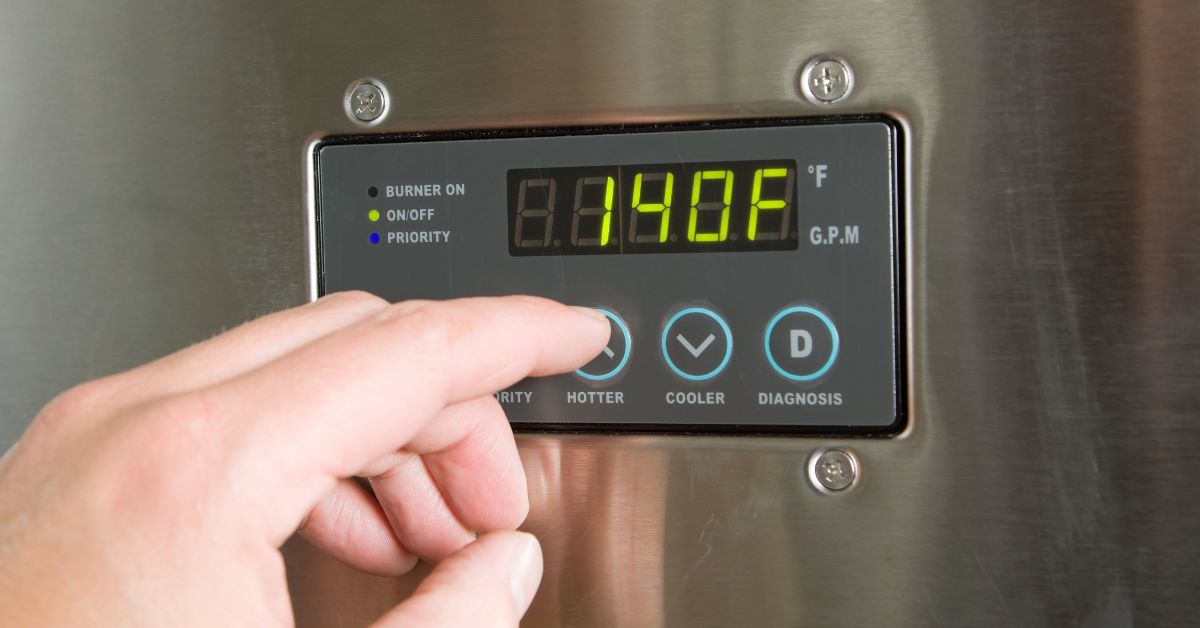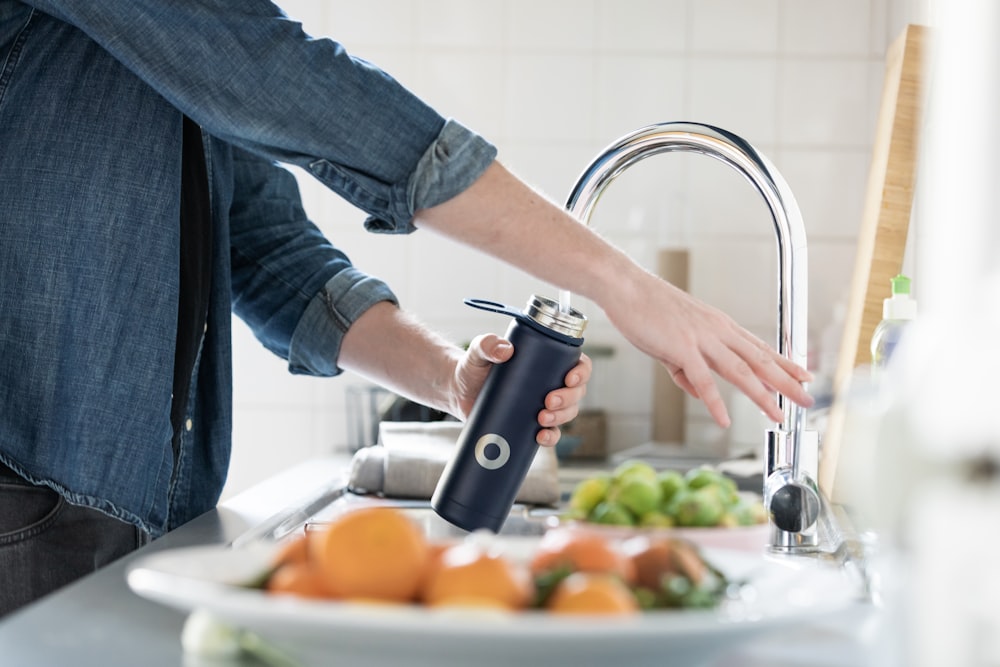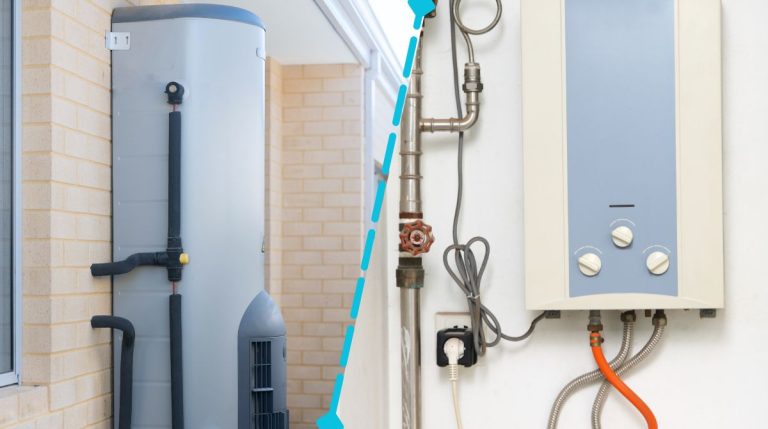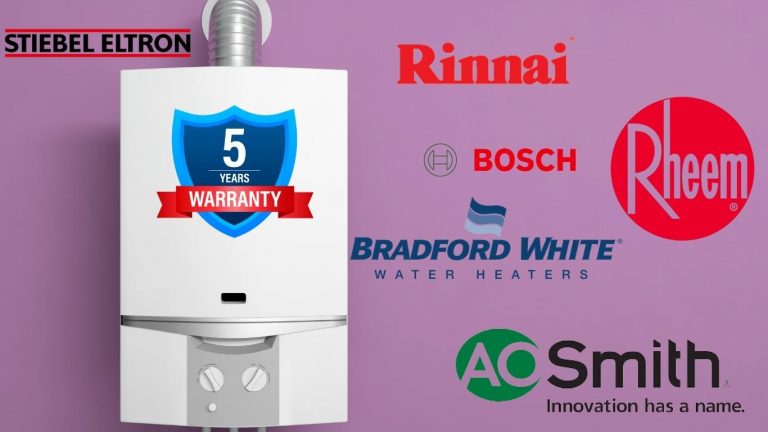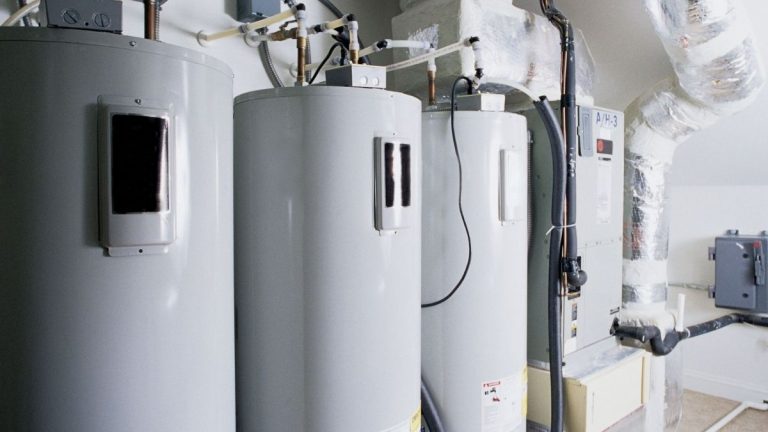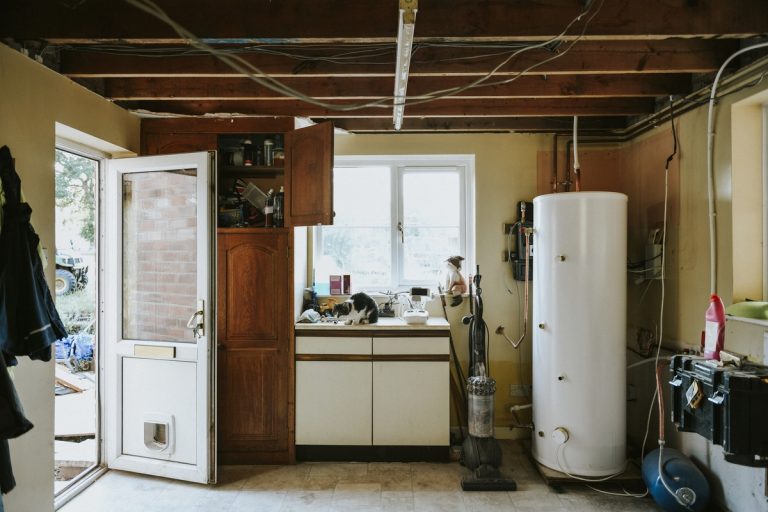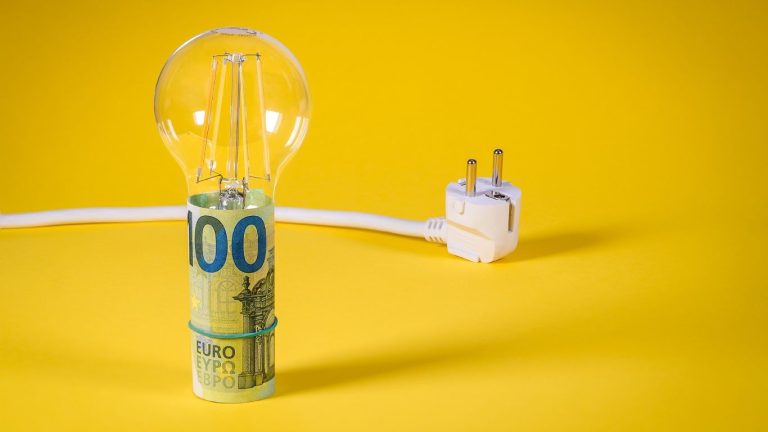Water Heater Temperature Setting that’s Healthy & Energy Efficient
Concerned about stepping into a scorching shower or worrying about harmful bacteria in your water supply? Fear not! Discover how the temperature setting on your water heater impacts your health and energy efficiency.
In this complete guide, we explore the crucial role of water heater temperature settings and provide the answers you need.
Learn how to strike the perfect balance between health and energy efficiency. We delve into the ideal temperature range to prevent bacterial growth, ensuring your safety. Plus, we uncover the potential for substantial energy savings and reduced carbon footprint by adjusting the temperature.
Join us as we guide you toward finding the optimal water heater temperature setting that promotes a healthy environment and maximizes efficiency.
From expert tips on adjustment to monitoring techniques, enhance your water heater’s performance today. Unveil the secrets to a healthy and energy-efficient water heater temperature setting. Let’s dive in and take control!
Understanding Water Heater Temperature Settings
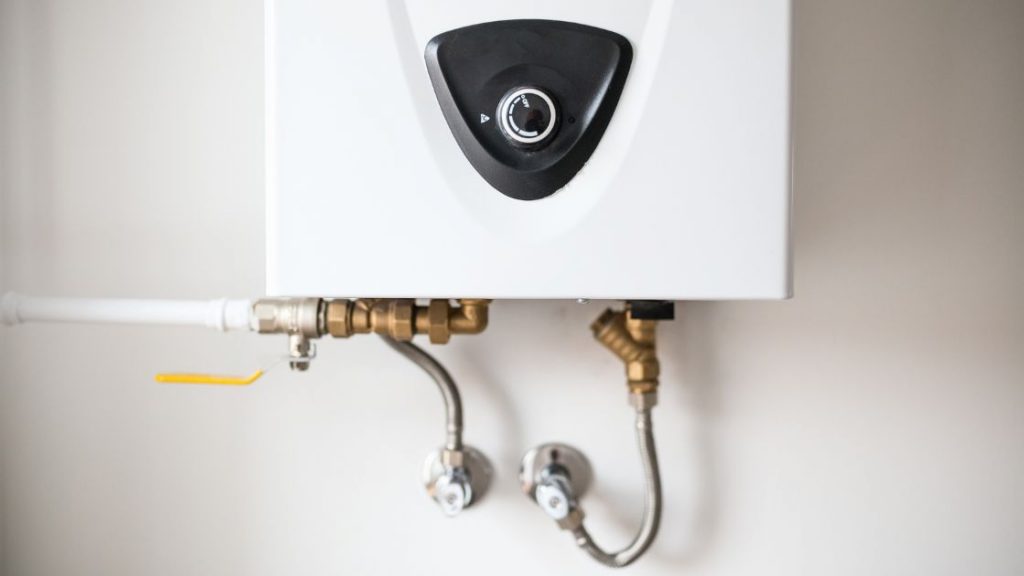
To comprehend the significance of water heater temperature settings, let’s first gain an understanding of how they work and the temperature range involved.
Water heater temperature settings determine the desired temperature at which your water heater will heat the water. This setting controls the temperature of both the hot water supplied to your taps and the water stored in the tank.
Water heater temperature is measured in degrees Fahrenheit (°F) or Celsius (°C) and typically ranges from 90°F to 160°F (32°C to 71°C).
Different manufacturers may have slight variations in temperature ranges, so it’s essential to consult your specific water heater’s manual for precise information.
Gas and electric water heaters have different temperature settings, although they generally follow a similar pattern. Gas water heaters commonly feature temperature settings such as Low (80-90°F), Warm (120°F), A (130°F), B (140°F), C (150°F), and Very Hot (160°F).
Electric water heaters often include settings like Low, Medium, High, or specific temperature settings in degrees Fahrenheit.
It’s important to note that higher temperature settings come with increased risks, including scalding. Conversely, lower temperature settings may not provide hot water at the desired temperature or may lead to bacterial growth.
Striking a balance between safety and comfort is crucial when setting the temperature on your water heater.
Now that we have a basic understanding of water heater temperature settings and the temperature range involved, let’s explore the impact of these settings on both health and energy efficiency in the following sections.
Health Considerations
The temperature setting on your water heater plays a critical role in ensuring a safe and healthy water supply.
By understanding the impact of temperature on bacterial growth and the risks associated with extreme settings, you can make informed decisions to protect yourself and your family.
1. Impact of Temperature on Bacterial Growth
One of the primary concerns regarding water heater temperature is the growth of harmful bacteria, particularly Legionella. Legionella bacteria thrive in temperatures between 77°F and 113°F (25°C and 45°C).
If the water heater temperature falls within this range, there is a risk of bacterial multiplication and subsequent waterborne illnesses.
2. Minimum Safe Temperature Setting
To prevent the growth of Legionella bacteria, it is crucial to set your water heater temperature to a minimum of 120°F (49°C).
While this temperature is not hot enough to kill the bacteria, it stops their growth, ensuring that any existing bacteria in the freshwater supply won’t multiply to dangerous levels.
3. Risks of Waterborne Illnesses and Scalding
Setting the water heater temperature too low may not provide hot water at the desired temperature for various household tasks.
On the other hand, extremely high-temperature settings pose scalding hazards, especially for young children and the elderly.
Exposure to water above 120°F (49°C) can cause severe burns in a matter of seconds, leading to potential accidents and injuries.
Energy Efficiency Benefits
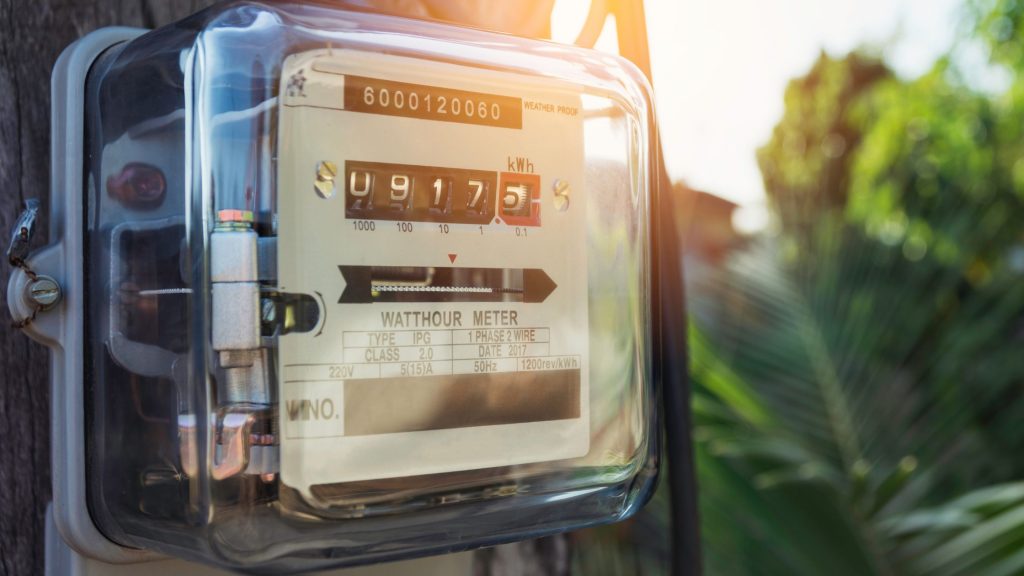
If you want to save energy, help the environment and save some money in the process as well then understanding the relationship between water heater temperature and energy consumption is something you won’t want to miss.
By considering the concept of standby heat loss and the benefits of lowering the water heater temperature, you can make informed choices to conserve energy without compromising comfort.
1. Relationship between Water Heater Temperature and Energy Consumption:
The temperature setting on your water heater directly affects the amount of energy it consumes. Higher temperature settings result in increased energy usage, while lower settings can lead to energy savings.
2. Standby Heat Loss and its Impact on Energy Efficiency:
Standby heat loss refers to the energy lost when hot water sits unused in the tank and gradually cools down. Storage water heaters, which continuously keep the water heated, are more prone to standby heat loss compared to instantaneous water heaters, which heat water on demand. By minimizing standby heat loss, you can improve the energy efficiency of your water heater. Tank vs tankless water heater: Pros and cons.
3. Benefits of Lowering Water Heater Temperature for Energy Savings:
Lowering the temperature setting on your water heater can yield significant energy savings. For each 10°F (5.6°C) reduction in water heater temperature, you can save around 3-5% on energy consumption.
By setting the temperature at a comfortable yet efficient level, such as 120°F (49°C) to prevent Legionella bacteria growth, you can reduce energy usage without sacrificing hot water availability.
Finding the Optimal Temperature Setting
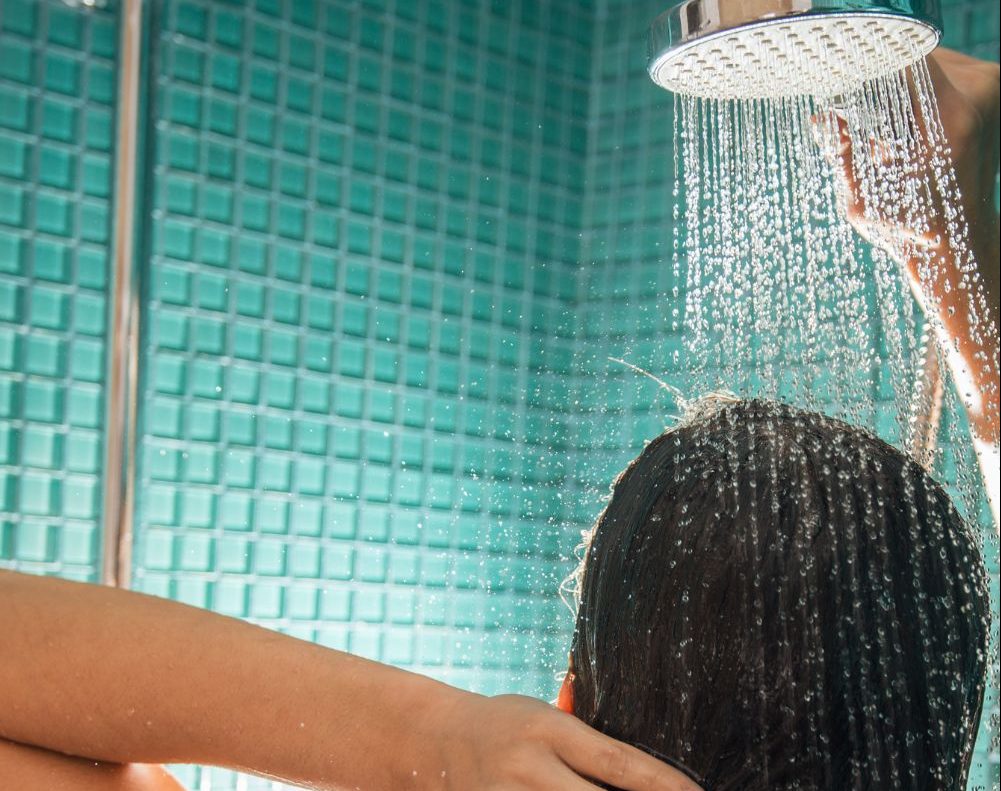
Determining the optimal temperature setting for your water heater requires a careful balance between health and safety concerns and energy efficiency goals.
By considering various factors and recommendations from experts and industry standards, you can find the right temperature setting for your specific needs.
When deciding on the water heater temperature setting, it’s essential to take several factors into account. These factors include safety considerations, health, energy efficiency goals, and personal preferences for comfort and usage.
Setting the temperature at a minimum of 120°F (49°C) can help inhibit the growth of Legionella bacteria.
The Consumer Product Safety Commission (CPSC) recommends a maximum temperature setting of 120°F (49°C) to prevent scalding accidents.
Expert’s Recommendations and Industry Standards
Experts and industry standards provide valuable guidance when determining the optimal temperature setting.
Setting a temperature around 120°F (49°C) is a good balance between safety and energy efficiency, according to Plumbing Manufacturers International (PMI).
Plumbing professionals may recommend a temperature range of 130°F to 140°F (54°C-60°C) to effectively kill bacteria while considering energy consumption, as recommended by the American Society of Heating, Refrigerating and Air-Conditioning Engineers (ASHRAE).
Lowering the temperature to the range of 100°F to 110°F (38°C-43°C) can help save energy, particularly if it aligns with your comfort preferences, as suggested by the U.S. Department of Energy.
Adjusting the Water Heater Temperature

If you need to adjust the temperature of your water heater, the process will vary depending on the type of water heater you have.
Follow these step-by-step instructions to adjust the temperature and ensure it meets your specific needs.
Gas Water Heater
Gas water heaters usually have a single-knob control that regulates the temperature. To increase the temperature, turn the knob to the left (counterclockwise).
It is generally recommended to set the temperature between 115°F and 120°F (46°C-49°C) to prevent overheating of the tank.
Electric Water Heater
Electric water heaters typically have thermostats that control the temperature. Here’s how you can adjust it:
- Locate the thermostat(s): Electric water heaters may have one or two thermostats.
- Use a flathead screwdriver: Adjust the thermostat by turning the screwdriver to the desired temperature. If there are two thermostats, adjust both equally. Set the top thermostat a few degrees higher than the bottom one.
- Check the water temperature: Fill a glass with hot water from a faucet and measure its temperature. If it exceeds the desired temperature, adjust the thermostat and wait a few hours before retesting. Repeat until the desired temperature is reached.
Check out our full-blown guide on testing thermostats here.
Tankless or Point-of-Use Water Heater
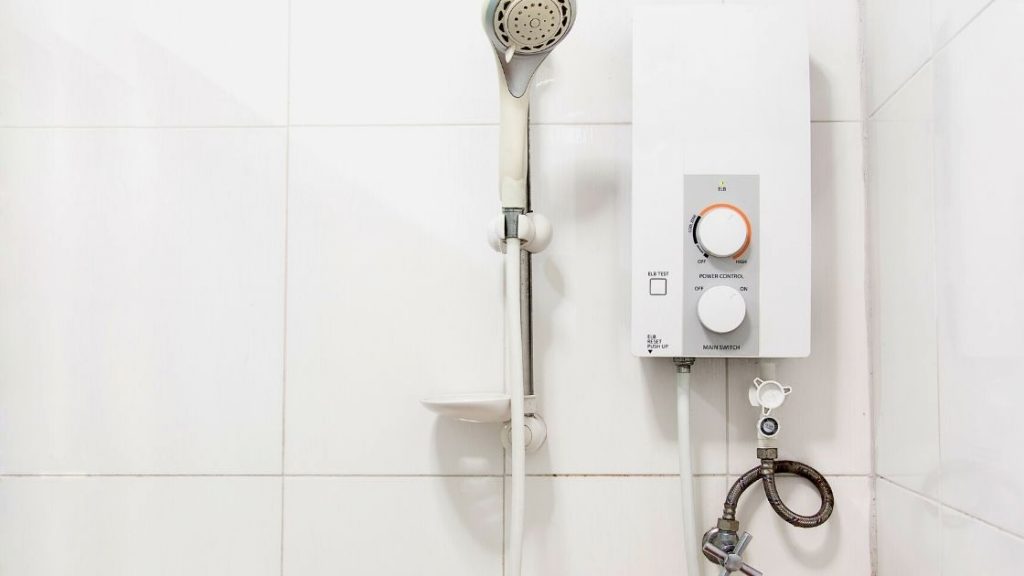
Tankless or point-of-use water heaters often have control panels with LED displays. To adjust the temperature:
- Open the control panel cover: Remove or open the control panel cover to access the adjustment buttons or dials.
- Use the buttons or dials: Raise the temperature by pressing a button or turning a dial. Some smart water heaters allow temperature adjustments or scheduling through a connected app on your phone.
Safety Precautions and Best Practices
- Before making any adjustments, turn off the power supply to the water heater.
- Take caution when handling hot water to avoid burns or scalding.
- Consult the manufacturer’s instructions for your specific water heater model.
Monitoring and Testing

Regularly monitoring and testing the water heater temperature is essential for maintaining its efficiency and safety.
Here are some actionable methods for checking temperature accuracy and tips for maintaining the desired temperature setting.
1. Testing the Water Heater Thermostat
- Check for continuity: Use a multimeter to test the thermostat’s continuity by placing the multimeter lead on the reset terminal. Lack of continuity indicates a faulty thermostat.
- Troubleshooting: Once you identify a faulty thermostat or heating element, proceed with troubleshooting accordingly.
2. Monitoring the Water Heater Temperature
- Temperature and Pressure Relief Valve (TPR valve): Periodically check the TPR valve to ensure it is operational and not obstructed by mineral salt buildup or corrosion.
- Surface Temperature Probe: Use a surface temperature probe to measure the water flow and return temperatures at the water heater. This helps assess the effectiveness of Legionella bacteria control, with the outgoing water temperature ideally reaching at least 60°C.
- Calibrating the Sensor: If you have a temperature sensor or thermometer attached to the water heater, calibrate it by comparing readings when exposed to hot water from a nearby tap with readings when attached to the water heater.
3. Smart Monitoring Solutions
- Explore smart monitoring devices that measure and transmit water heater temperature data over a network. These provide real-time information about the system’s performance.
Additional Tips for Health and Energy Efficiency
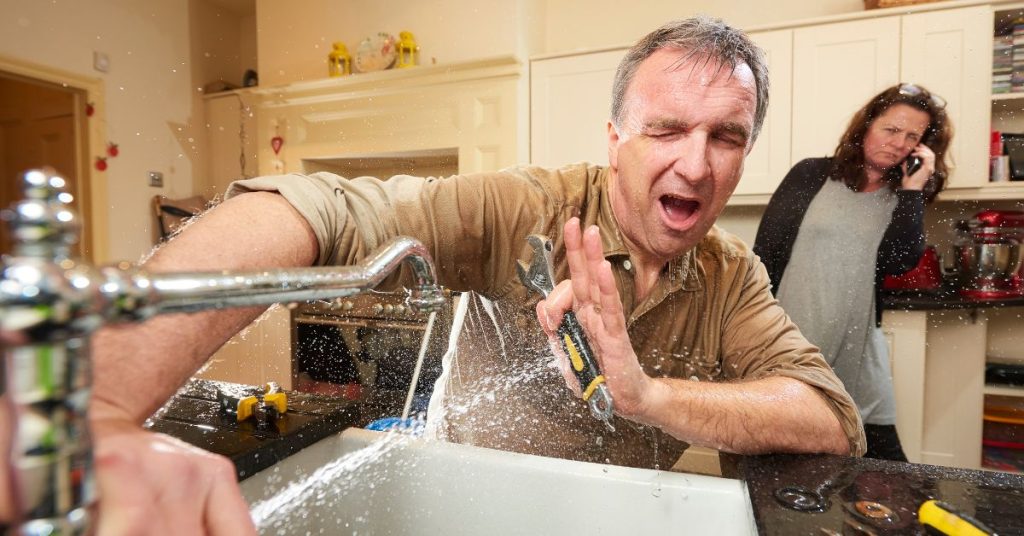
To further enhance the health and energy efficiency of your water heater, consider implementing these actionable tips:
Insulation Techniques to Minimize Standby Heat Loss
- Insulate the tank: Use an insulating jacket or blanket to wrap the water heater tank, reducing heat loss to the surrounding environment.
- Insulate hot water pipes: Add insulation sleeves or wrap the hot water pipes to minimize heat loss during distribution.
Maintenance Practices to Optimize Performance
- Regular flushing: Periodically flush the water heater to remove the sediment buildup, improving its efficiency and prolonging its lifespan.
- Check for leaks: Inspect the water heater and its connections for any leaks and promptly repair them to prevent energy wastage.
Water-Saving Measures in Conjunction with Temperature Settings
- Install low-flow fixtures: Replace standard faucets and showerheads with low-flow alternatives to reduce water usage without compromising comfort.
- Time water usage: Practice water-efficient habits by using timers or reminders to limit shower durations and avoid unnecessary water wastage.
Over to you!
To ensure a healthy and energy-efficient water heater, it’s crucial to set the temperature correctly. By finding the right balance, you can prevent bacterial growth, avoid scalding, and save on energy. Take action now and make the necessary adjustments following recommended guidelines. Regularly monitor and test your water heater for accuracy and efficiency. Don’t forget to implement insulation techniques and water-saving measures for optimal performance. If needed, seek professional assistance for guidance.
Let’s work together to prioritize a healthy and energy-efficient lifestyle. Share your experiences and encourage responsible water heater temperature management. Together, we can make a positive impact.

